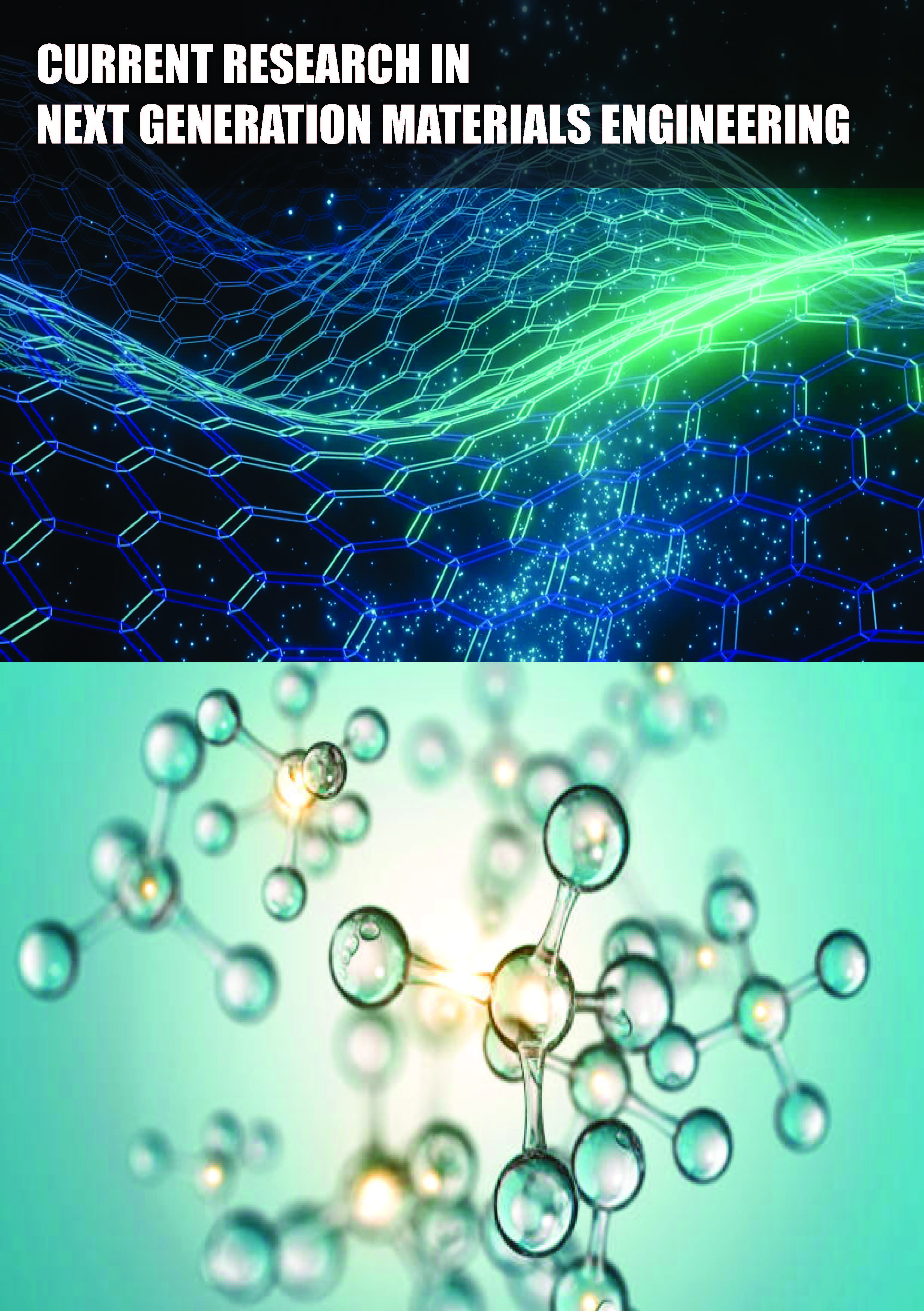Current Research in Next Generation Materials Engineering
Tuning of Lifetime of Cooper Pairs in a Massive Aluminum Ring
Abstract
Stanislav Dolgopolov
Here we propose an experiment showing that a persistent supercurrent decays when its electron pairs break and recombine, i.e. when paired electrons are interchangeable with normal (single) electrons. We produce a small non- superconducting area in a massive superconducting (SC) aluminum. Electron pairs break and recombine in the non-SC area, so newly created pairs can drift from the non-SC area into SC area and replace initial electron pairs, which flow in a persistent supercurrent in the SC area. The drift and, thus, the replacement rate are directly related to the size of contact area between SC and non-SC zones, so the supercurrent lifetime is inversely related to the size of the contact area. Thus, we show that the supercurrent vanishes because its electron pairs experience creation/annihilation and are not permanent.
An experiment may show that a main difference between superconducting (SC) and non-superconducting aluminum is the lifetime of electron pairs. In other words, permanent pairs provide permanent (non-dissipative) supercurrents, while the pair breaking leads to supercurrent dissipation

